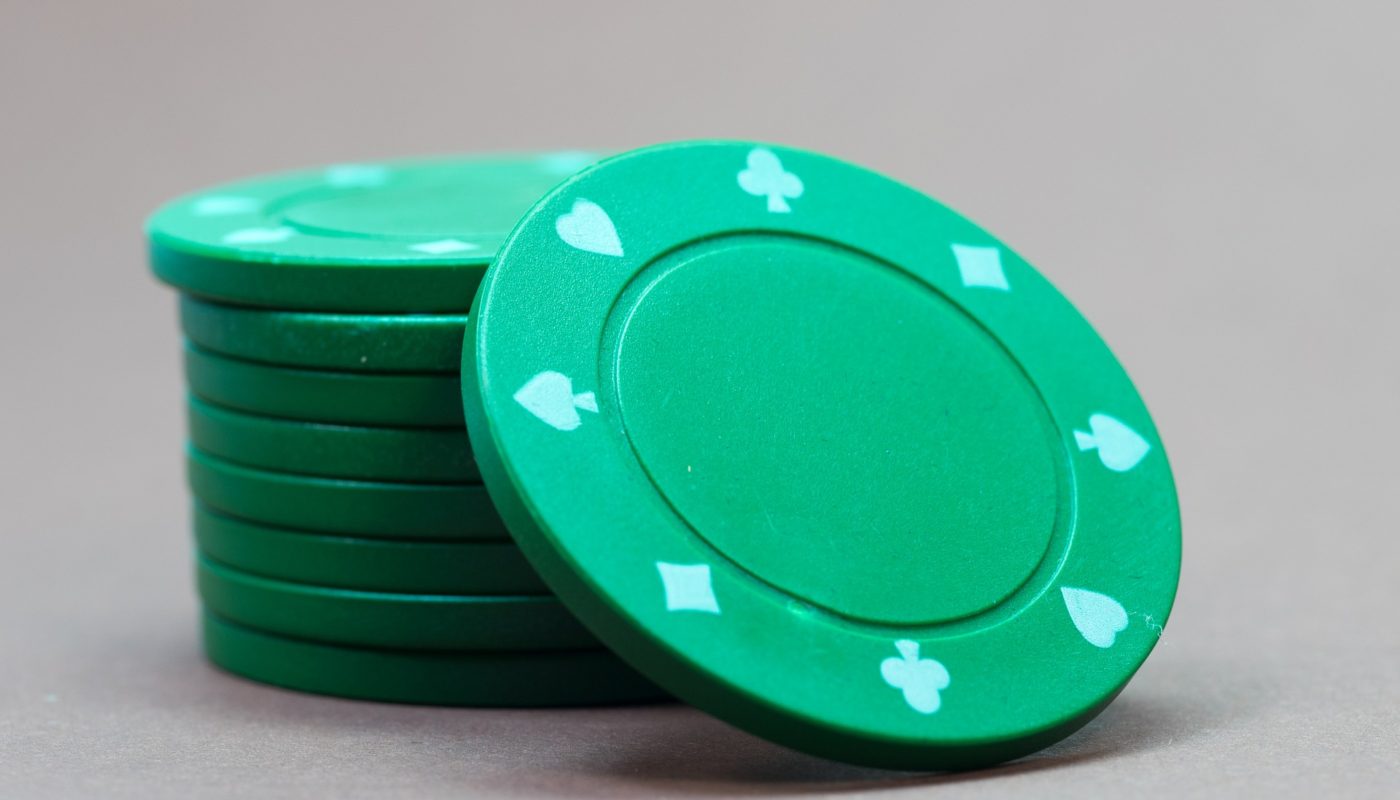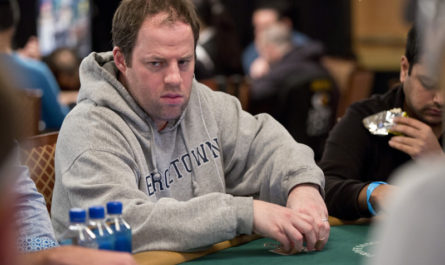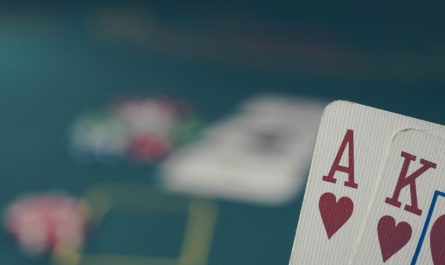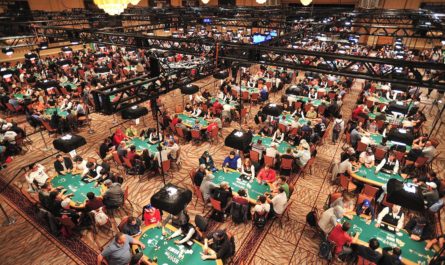There are many important facets of successful tournament poker, from pre-flop play to post-flop play, to table image, to discerning that of your opponent, early-stage and late-stage play, etc. One of the most important—and differentiating, when it comes to success over the long run—is managing a short (or semi-short) stack. Given that, unless you’ve made terribly reckless plays or gotten quite unlucky (both of which happen to all players at various times), short-stack poker usually comes into play in the middle and later stages of a tournament, when the money bubble is in sight.
First, and most importantly, let’s be clear on what is—and what is not—a short stack. In my previous article, I discussed some tips for how to become competitive in big-time tournament poker as an amateur. One of my tips was to take notes on key hands as you play, so you can discuss them with friends/other players after the fact, and you can think through how you could have played the hand differently.
In 2009 I started doing this for every World Series of Poker event that I’ve played. For several events each year, I send those hand notes (with commentary on my thought process for each) to a distribution list of friends and family. In the first few years, I would say things like, “as I was short-stacked with 23 big blinds, I…” and without fail, one of my friends (who once made the WSOP Main Event Final Table) would write back “23 big blinds is not short-stacked” with nothing else added. Every year, several times a year, I would get nearly identical emails from him. For whatever reason, as I would get under 30 BBs (and especially under 25 BBs), I would start to get hyper-aggressive, in an effort to double up and get back closer to the average stack. This is a common mistake that amateur players make. Any stack with fewer chips has less playability than one with more chips, of course, but it is simply not necessary to get overly aggressive to “try to double” with a 25 BB stack or even a 20 BB stack. With 18 BBs, for example, you can comfortably raise pre-flop and then fold if you think you are behind.
When you do actually become short-stacked (I wouldn’t say there’s a clear and absolute number of BBs, as a rule, to definitively say you are short-stacked—blind structure and other factors come into play, but let’s say we’re talking about a number 15 BBs or lower), we want one of three things to be true: 1-we have a monster hand; 2-we have a lot of fold equity; 3-we have solid equity to win a tournament-changing pot.
The first scenario essentially plays itself—if you have 11 big blinds and wake up with a high pocket pair or ace-king, you’re putting all of your chips in, and you’re hoping for a call, as this is as good of a spot as you can hope for to try to double up to a more playable stack.
The second scenario is where I think there’s the most room for improvement for amateurs broadly. Fold equity is often more important than your actual cards. I am not suggesting that hand-quality does not matter, but I would rather go all-in with 67 offsuit for 12 BBs than call all-in with ace-ten suited for those same 12 BBs. Why? In the latter case, I have zero fold equity, and even though I have a strong hand, it is reasonably likely that someone who went all-in has a hand that dominates mine. With the 67 (because I moved all-in) many hands that are ahead of me will fold, and I have a chance to pick up the blinds/antes without taking on much risk, buying valuable time until I can hopefully pick up a stronger hand.
The third scenario likely involves post-flop play. For example, even with a relatively short-stack, maybe we’ve called a small raise with 89 suited from the big blind in a 5-way pot. With a flop of A67, the small blind leads out with a bet. Our open-ended straight draw is certainly not a monster and given our stack size, and we don’t have a ton of fold equity when we move all-in here, but given the chips that are already in the pot, plus what we’d win from doubling through the small blind, not to mention any other potential callers (perhaps from the pre-flop aggressor having AK or AQ?), we would likely more than triple up and have an excellent stack ‒ that is, if we can hit our straight, which will come roughly 1 in every 3 times.
While it may represent a relatively small percentage of the time you spend playing a tournament, short-stack poker is highly consequential, and getting overly aggressive in unfavorable spots before you need to consider doing so can deprive you of better opportunities to come into a more favorable spot to win the tournament. When I won my WSOP Bracelet, my chip stack was below 20 BBs on several occasions before I even got heads-up (and many times during heads-up play); in the 2018 WSOP Main Event, 2 players who finished day 1 (still more than half the field remaining) with less than 30 BBs went on to make the Final Table. These kinds of comebacks happen all the time in tournament poker. When you do find yourself with a dwindling chip stack, you can put yourself in the best position to make a comeback by remaining patient and waiting for the best spots to get your chips into the pot: monster hands, positions where you have significant fold equity, and spots where you have a decent chance (even as a modest underdog) to win a large pot.




